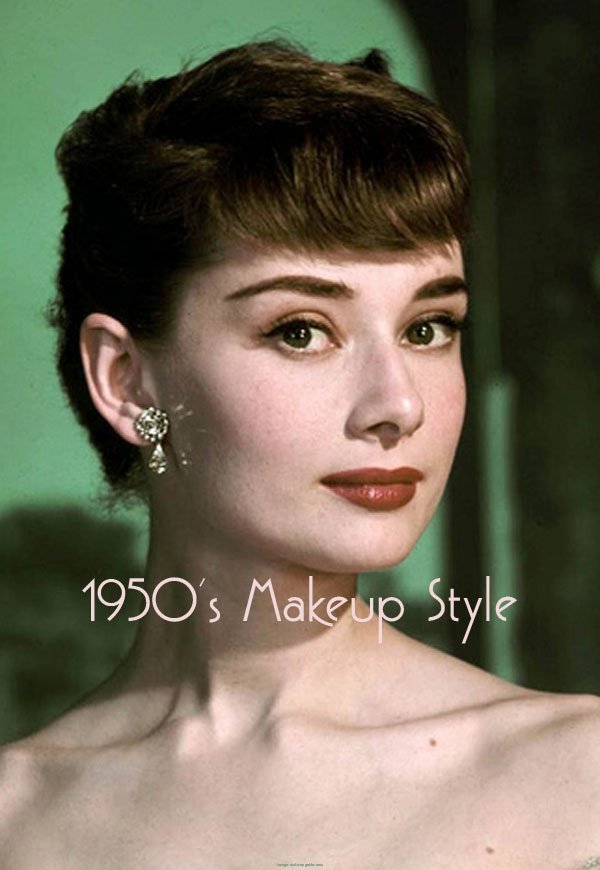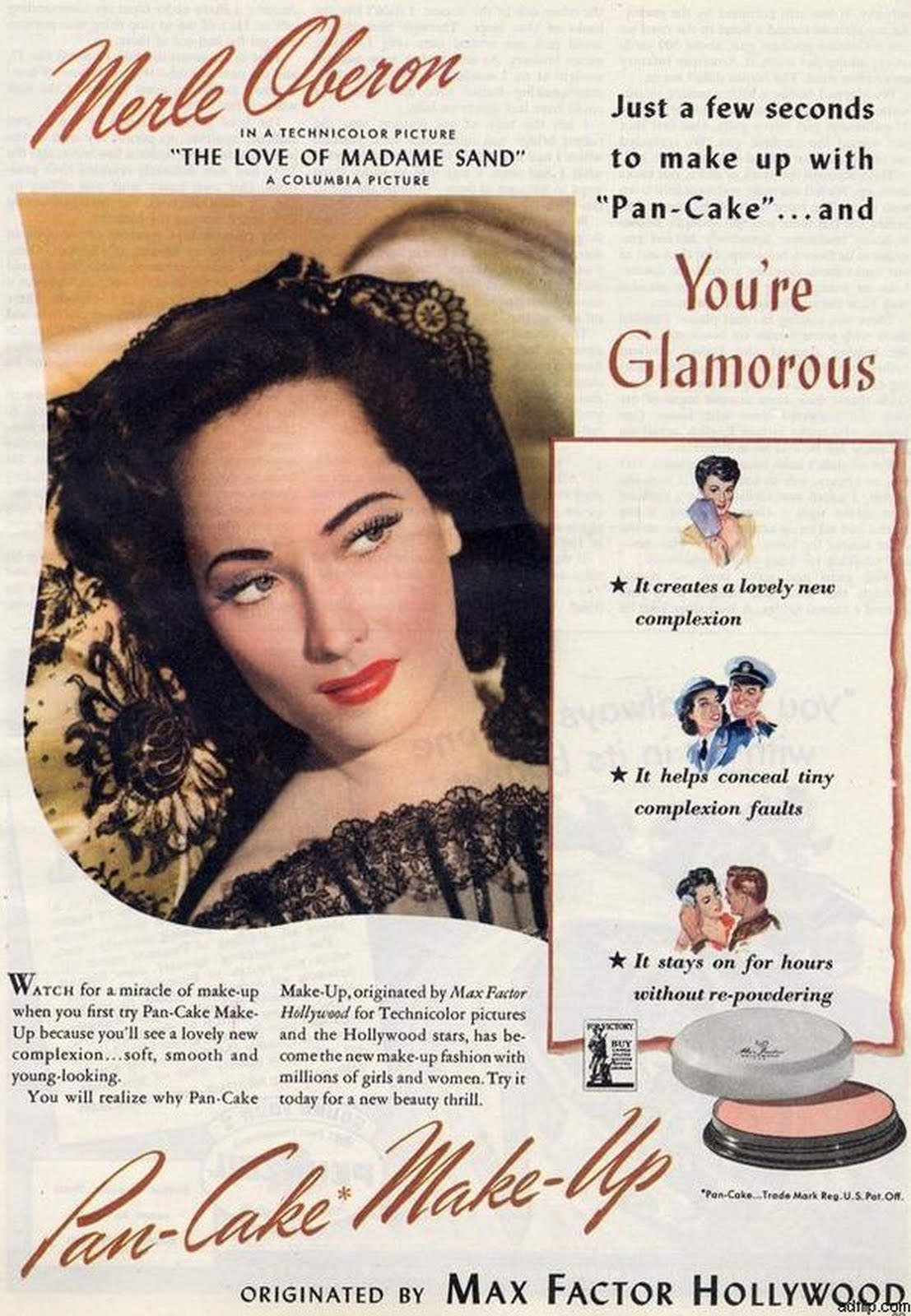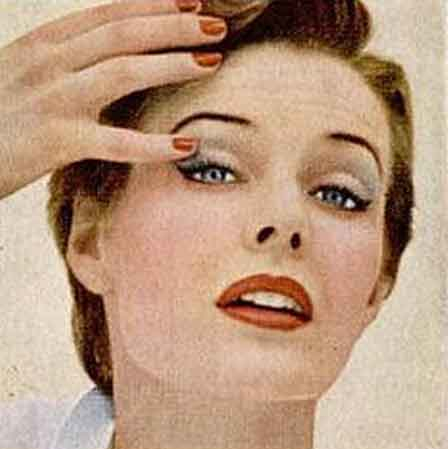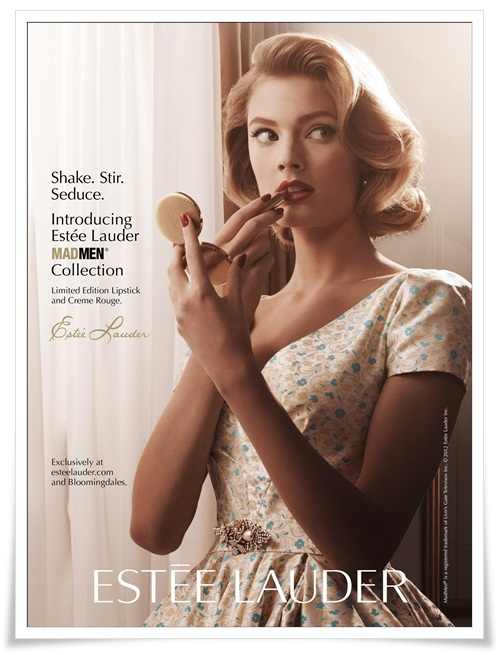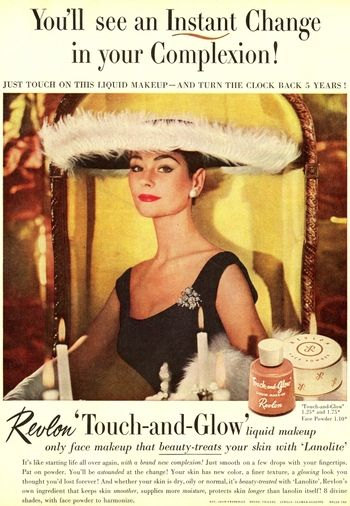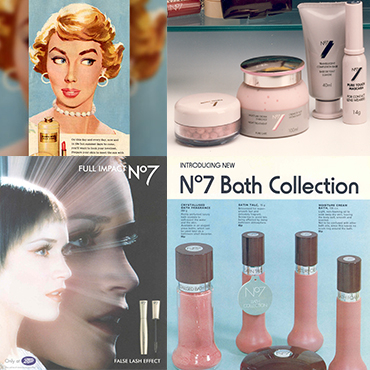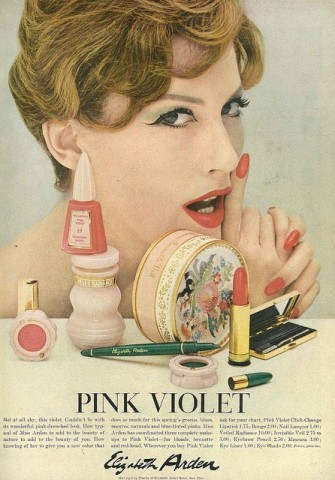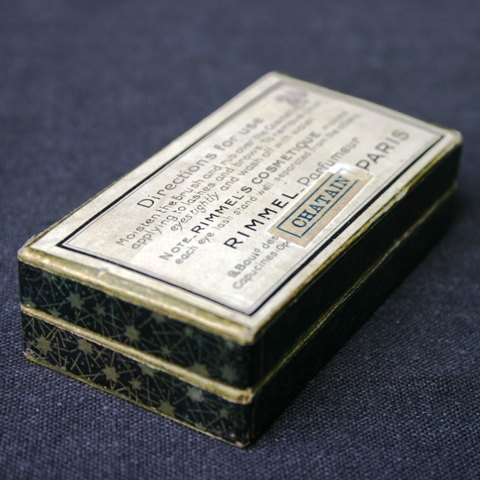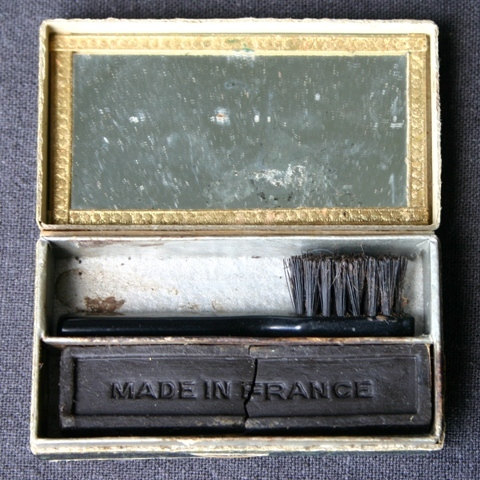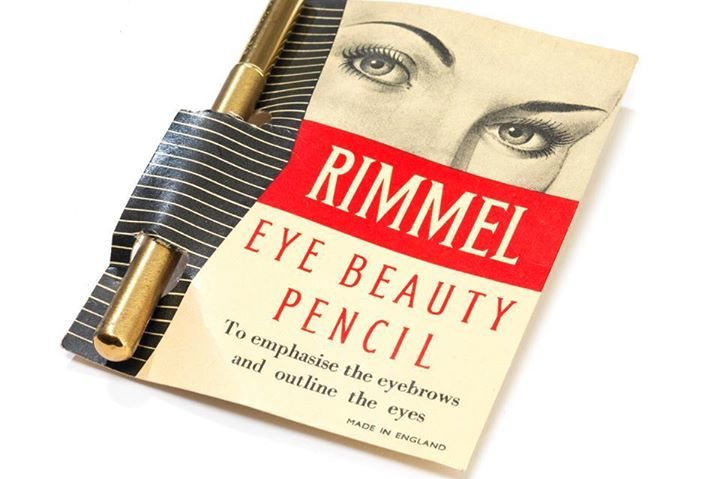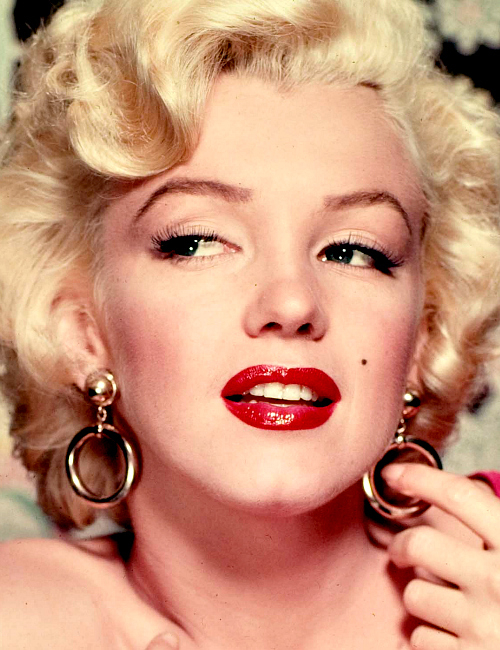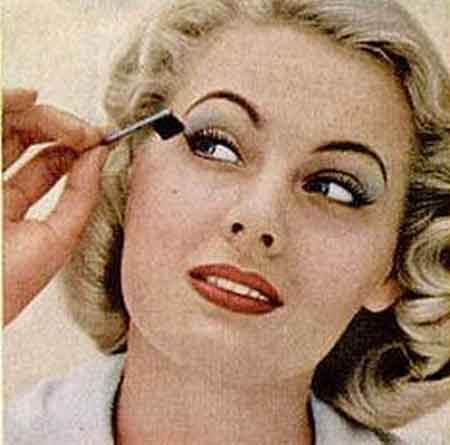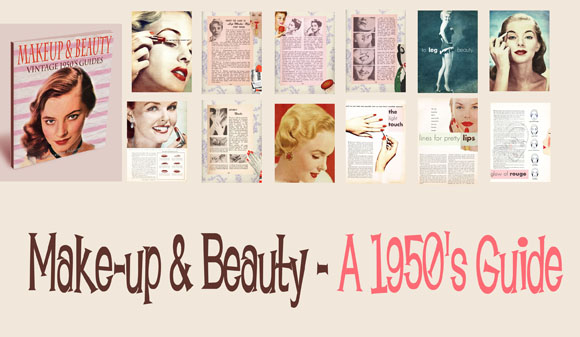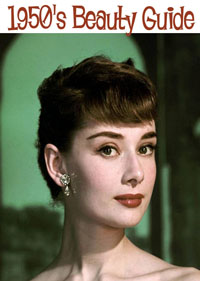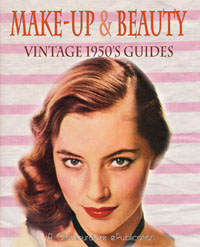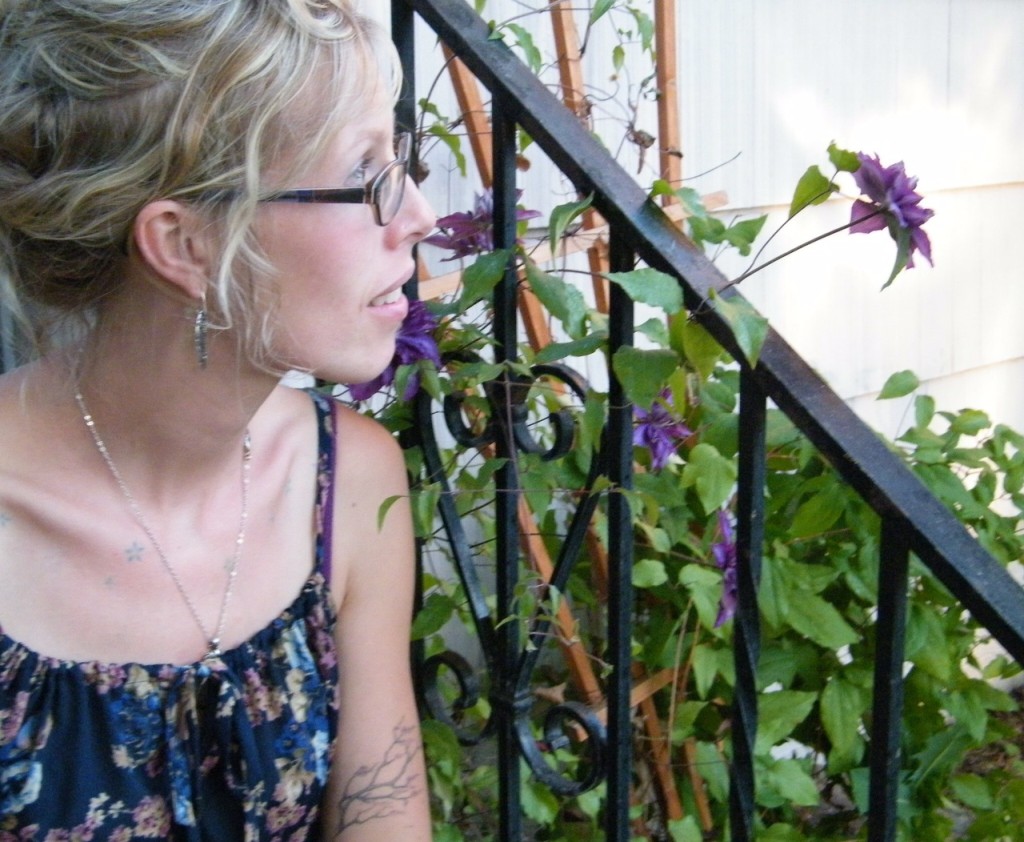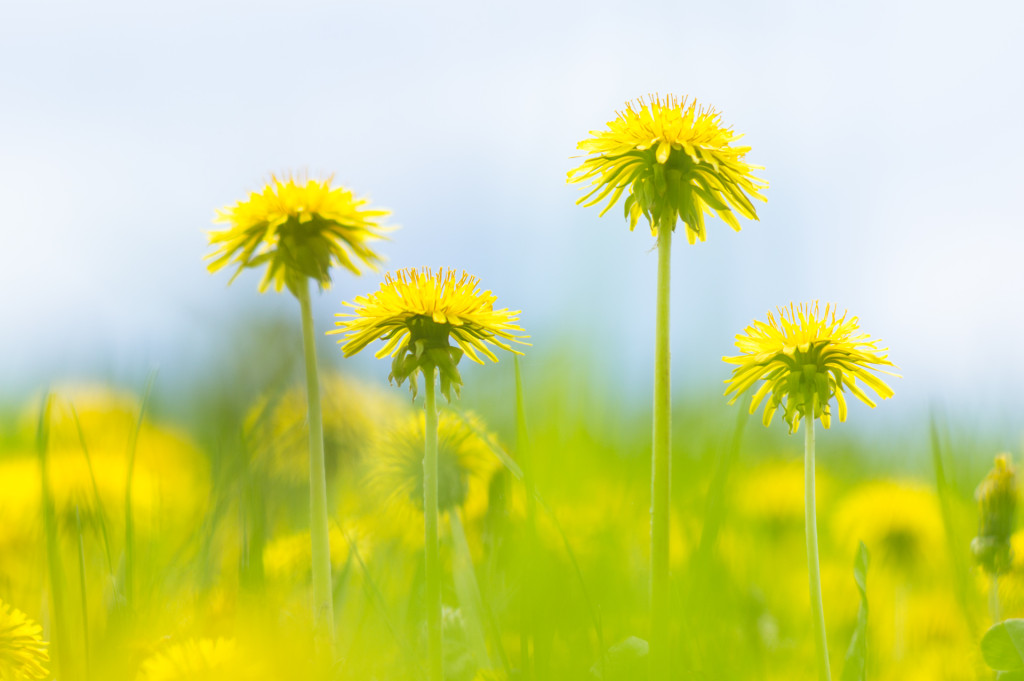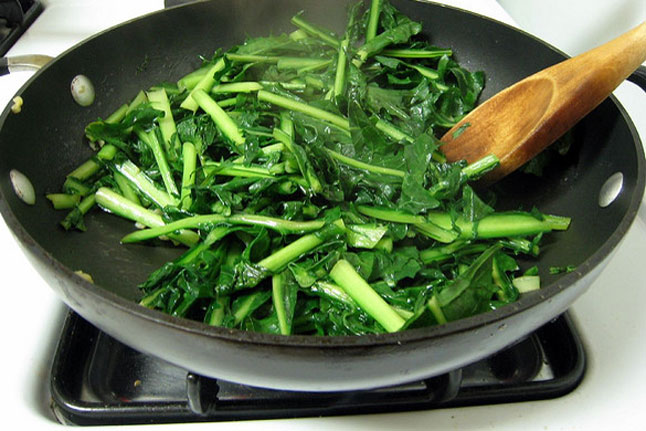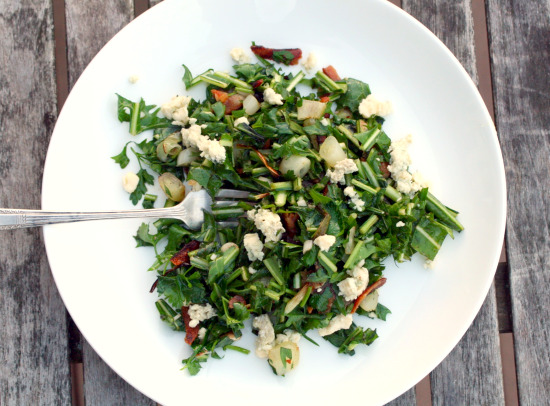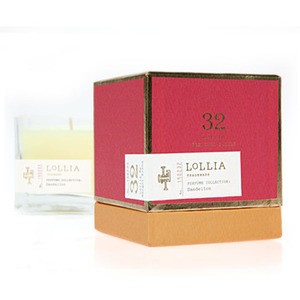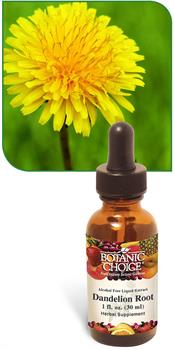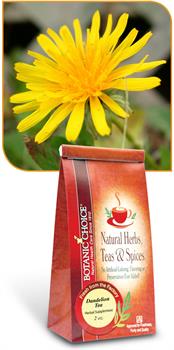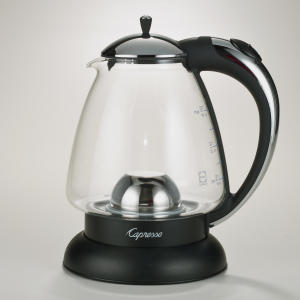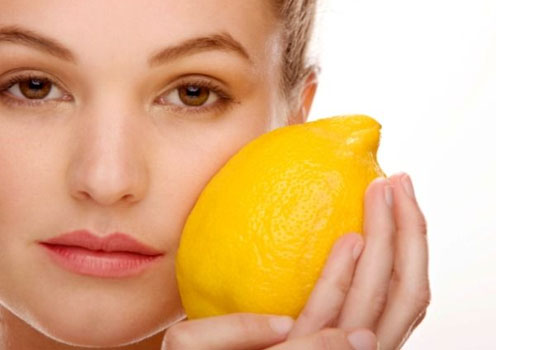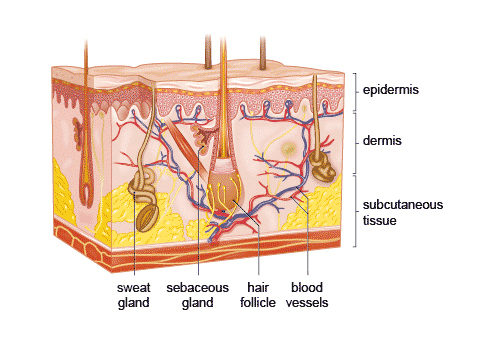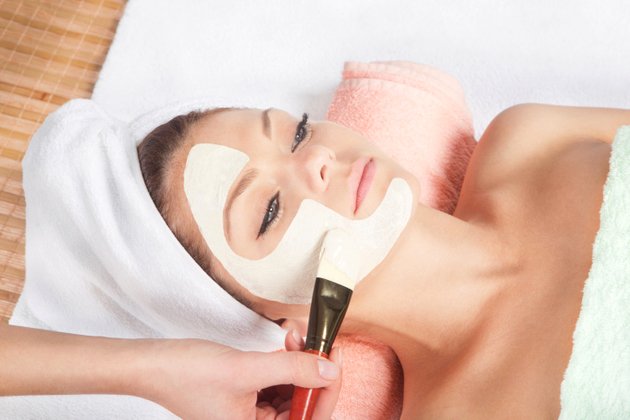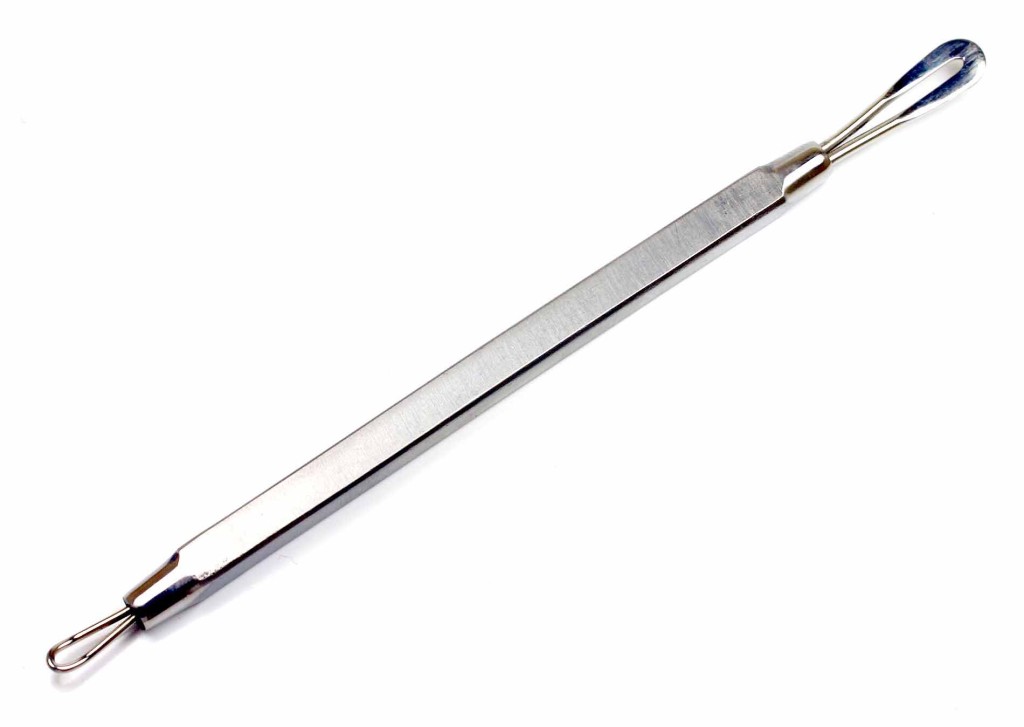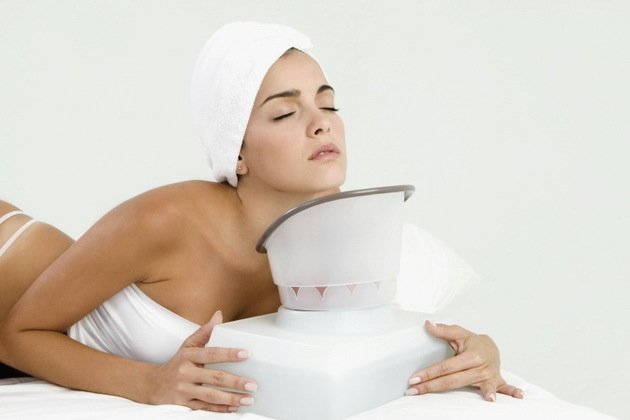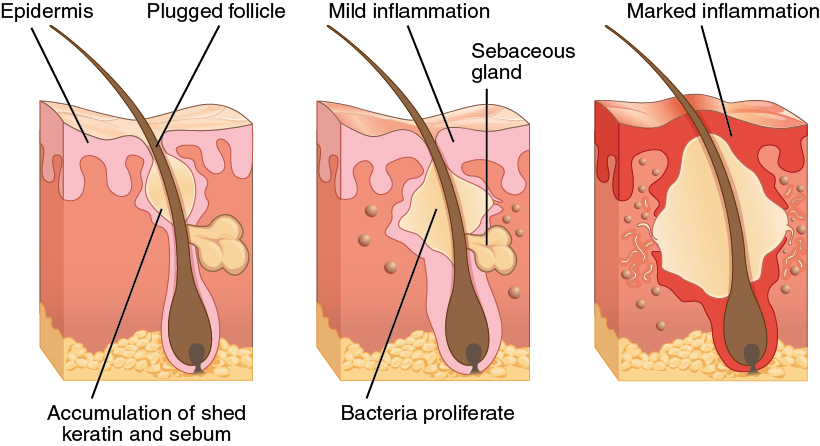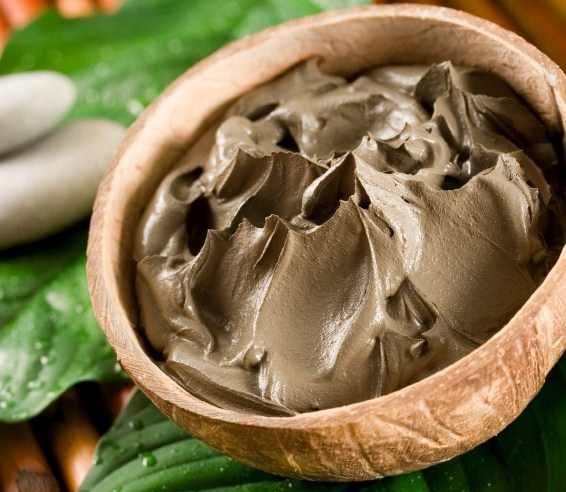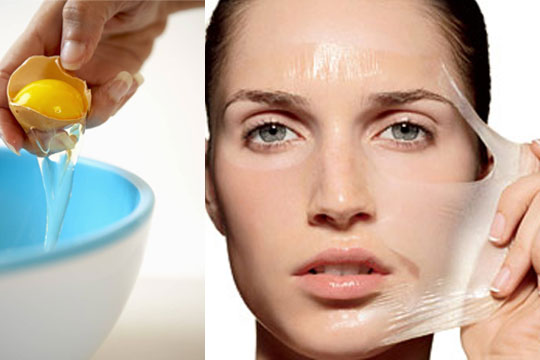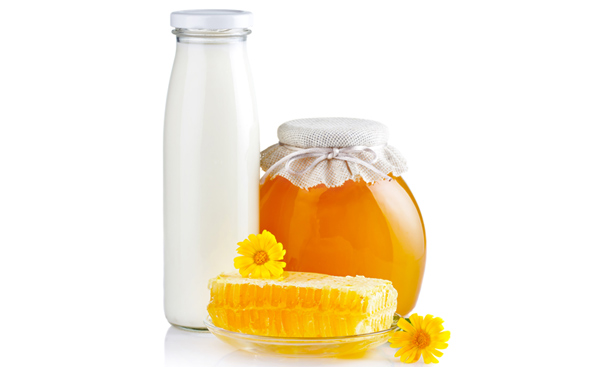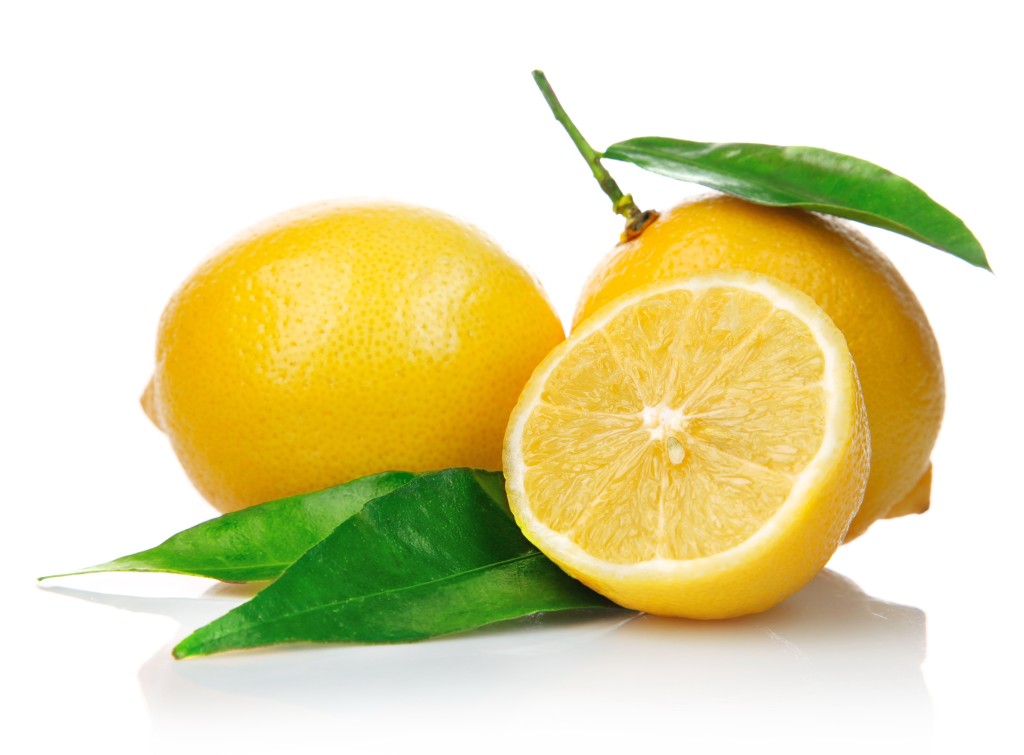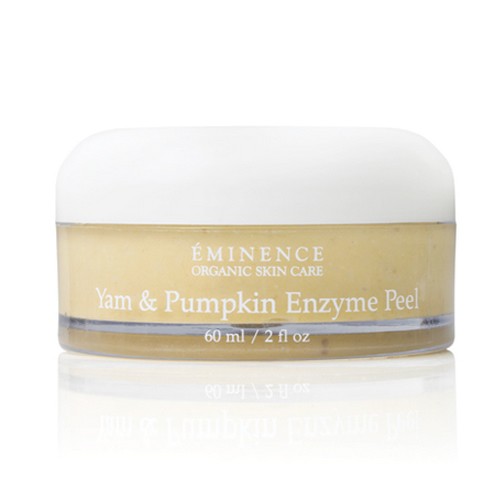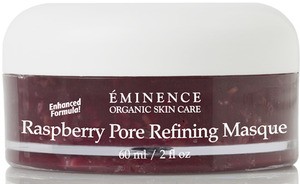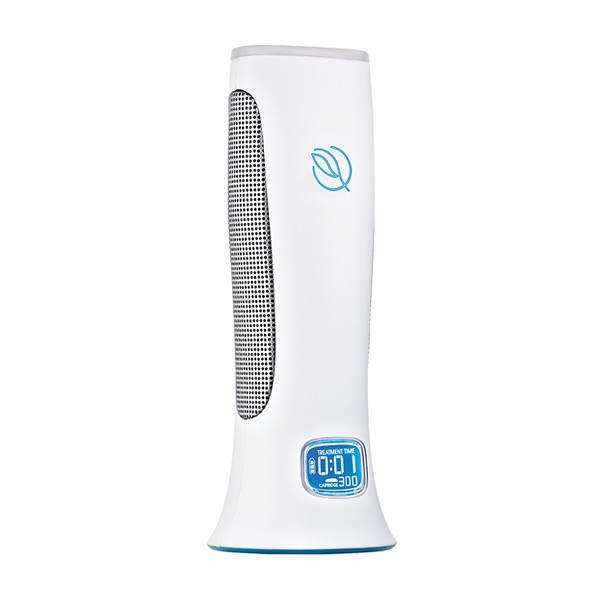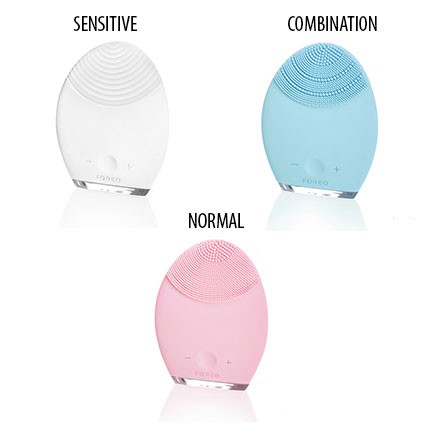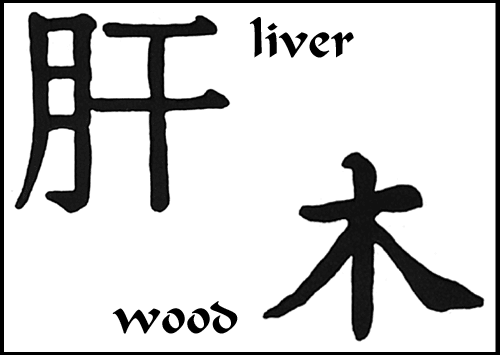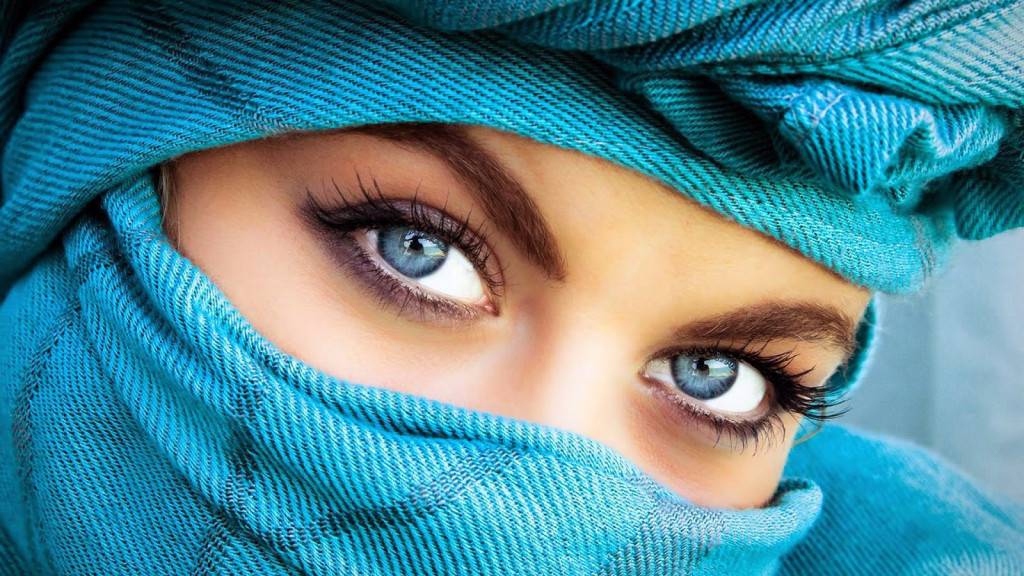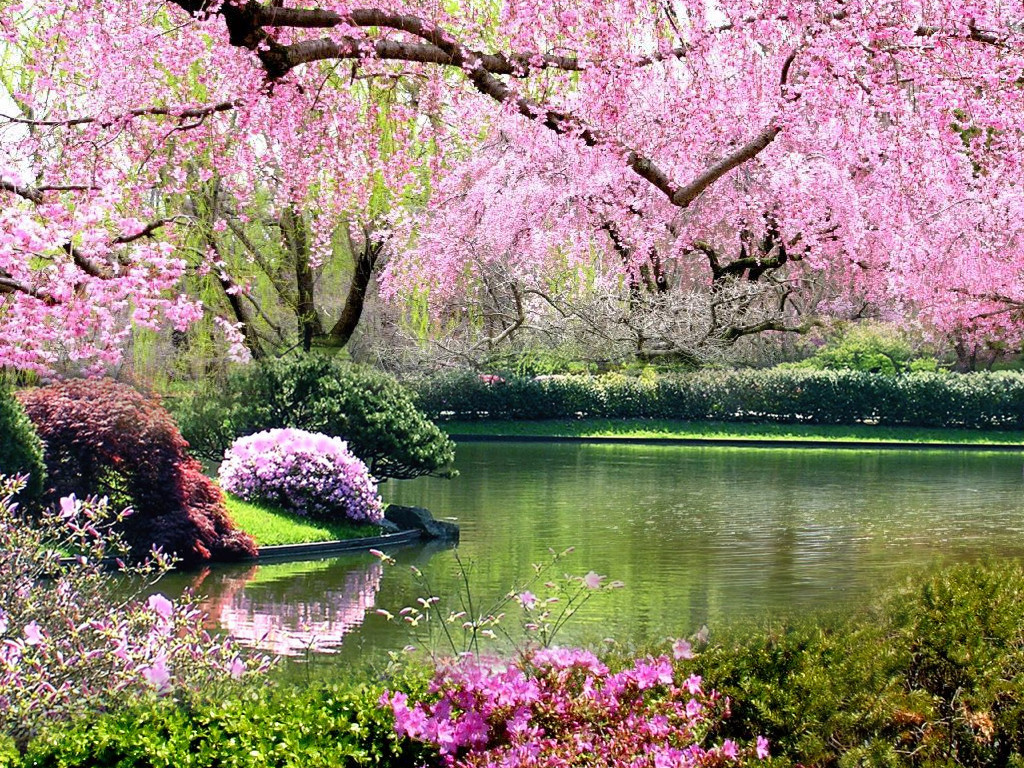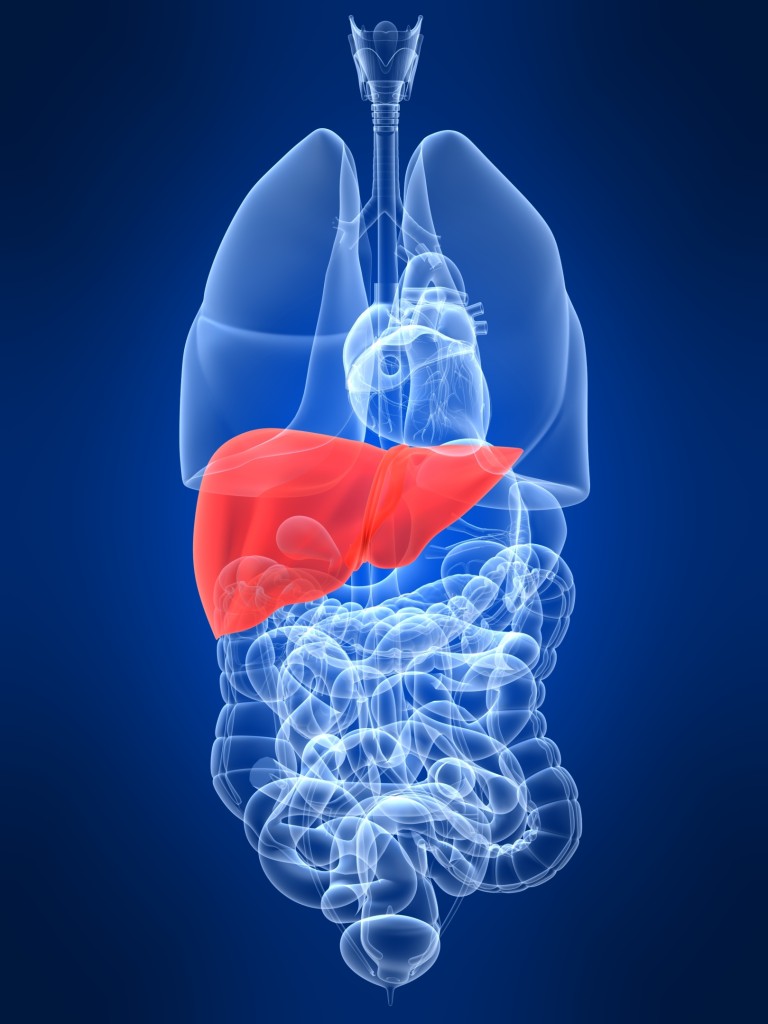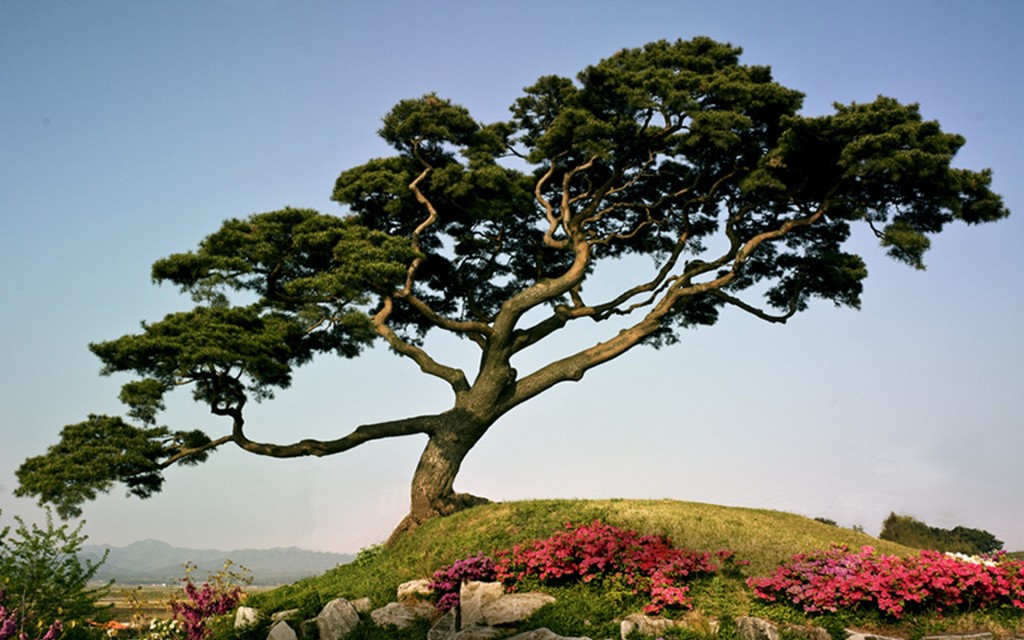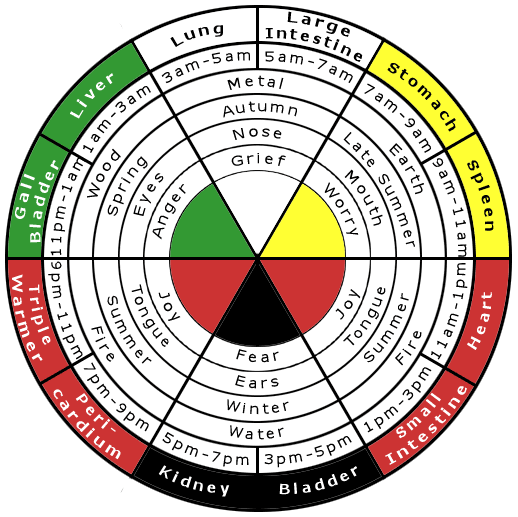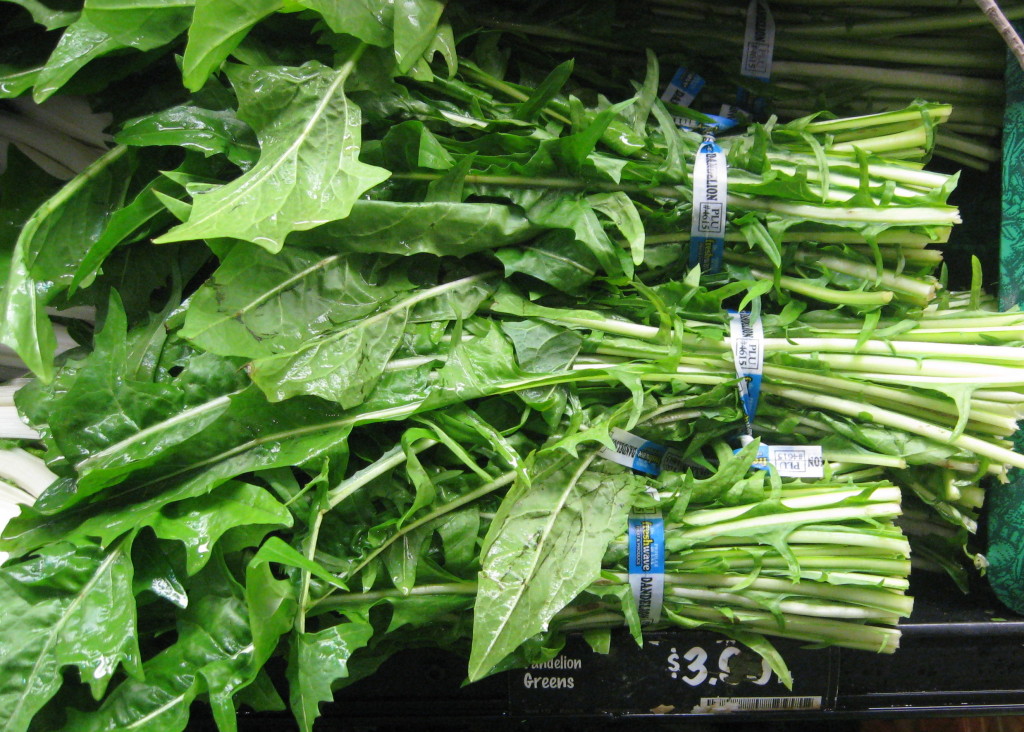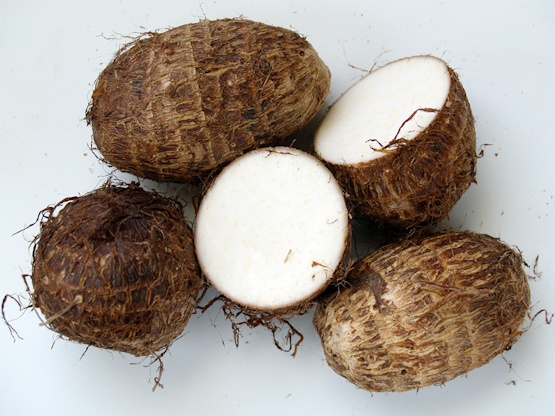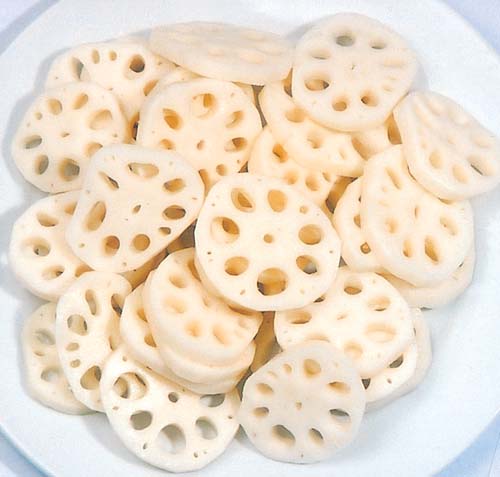Vintage Make Up 1950’s
image from http://vintagemakeupguide.com
The age of makeup entered its golden age in the 1950’s. For the first time, unknown models began to rival the big Hollywood names in becoming the ‘face’ of makeup brands.
I love the look of the 1950’s and have done many shows with it, and always keep in the look out for reference sources.
A really glamorous decade for women’s makeup. Creams were the in thing in foundations and shadows.It was the era of the ‘mask effect’. A thick creamy application of foundation and flesh colored powders to set. Eyebrows still a natural look but more tapered and feminine. Rouges were less emphasized than in the 1940s. If there was a color to define the 1950s – it has to be pink. Pink hues in shadows and reddish pink lipsticks.
The 1950s had a profound influence on fashion and continues to be a strong influence in contemporary fashion. Some of the world’s most famous fashion icons today such as Christina Aguilera, Katy Perry, and David Beckham regularly wear their hair or indulge in a style of fashion clearly heavily influenced by that of the 1950s. Aguilera is influenced by Marilyn Monroe, Beckham by Steve McQueen and James Dean.
Wishing for you to enjoy these tutorials, videos and accurate resources
We wish you health, happiness and wealth
From all of us at isabelsbeautyblog.com
When you think of make-up styles from the 1950s.We think of ladies like Sophia Loren, Audrey Hepburn, Lucille Ball among many others, these women were not only fashion icons but beauty icons for women around the world. Their make-up looks defined the era, and it was without doubt the age of glamour ! beauty salons and powder rooms became hallowed sanctuaries for glamorous women.
The start of color motion pictures inspired an explosion of 1950s makeup.
Max Factor was a very important brand in the history of cosmetics! Max Factor began experimenting with various compounds in an effort to develop a suitable make-up for the new film medium. By 1914 he had perfected the first ever cosmetic with this major achievement to his credit, Max Factor became the authority on cosmetics and an innovator of his time. The development of Technicolor film in the 1950’s required the company to develop a new line of products as its existing panchromatic make-up left a slight sheen on the skin that reflected surrounding colors. Max Factor developed the pan stik that was a desirable item both on and of the screen. In 1947 after 26 months of development by Max Factor, Jr., the company released “Pan-Stik”; it was released to the public in 1948 and was a commercial success.
Women’s magazines began featuring guides to makeup application and women everywhere started to experiment with cosmetics. Pan Cake would be applied to even out “Flaws”. Then, the mixing of colors would begin and a bold, colorful canvas would emerge , rosy cheeks and neutral-toned eyelids. It was later in the decade when companies began adding titanium to their products to tone down the bright color of many products, resulting in a more natural look.
This was the decade of the fashionable, glamorous homemaker. Women began baking apple pies and vacuuming the house in heels, dresses and fully made up faces. Cosmetic companies capitalized on this emerging trend and targeted ads towards married women who had to look good for their husbands.
Acording to lipstickandcurls.net
As in previous decades women took beauty inspiration from the big screen and the movie starlets of the decade, with the explosion of color, from the motion pictures in the 1950s women were now fully able to see the make up the stars were wearing and Technicolor showed up beautifully an array of cherry, fire engine red lips, warm bright blush and also the flawlessness of the skin. Women took this vibrant look and wore it day and night as a fashionable style of this period. Cosmetic brands were an important part of the process as now offering more choice than ever and more availability to the average housewife of the time. These cosmetic brands changed the face of the decade with the vibrant reds and cherries at the start of the decade and then with the addition of titanium to the products added to mute the colour’s we see more of a peach, pinkish tones towards the latter. Cosmetics and cosmetic science was and still is bigger than ever as companies are always looking for ways to improve a product or adapt an old classic to coincide with current fashions and trends. Some of the brands available today have been working their magic for years, below is a look at the popular cosmetic brands of the 1950’s and how they play an important role in beauty history!
Estee Lauder began in 1946 in New York as primarily a skin care line with a hand full of products. Joseph Lauder and his wife Estee expanded and in the 1950’s was the first company to introduce the free sample and gift with purchase, giving away miniature lipsticks, rouges, eye shadows, and face creams. Today this plays a key role in our shopping experience and the companies marketing strategies.
Revlon was founded in 1932 by two brothers and a chemist, with just one product a nail enamel. The company moved into stores and soon became a popular household name. In the 1950’s Revlon decided to start bringing out lipstick shades every six months rather than annually, so that women would think of lipstick as a shorter-lived product and buy it more frequently It was Revlon too that launched the most famous lipstick advertising campaign of the decade, a campaign entitled “Fire & Ice” that first ran in 1952 with a two-page, full-color spread featuring model Dorian Leigh on the first page. The brand also famously issued questions to its customers to ensure the lipstick they were choosing did indeed suit their personality as well as their face!!No7
No7 Cosmetics was born in 1935 although properly relaunched (after ceasing production during the war) in 1952. The brand was completely influenced by Hollywood and was the first brand to add a synthetic pearl pigment to its products giving it a shiny white effect.
Elizabeth Arden (née Florence Nightingale Graham) started her salon in 1910 on 5th Avenue in Manhattan. Her salon’s signature was a bright red door, and the salon and her treatments soon became popular with the masses. The business expanded into a complete line of cosmetics, perfume this brand was popular in the 1950’s for it’s extensive range of lipsticks and matching nail polishes.
Rimmel began its life in 1824, when a teenage Eugene Rimmel became his father’s apprentice at his newly opened perfumery in London. Eugene was an expert perfumer himself, and had a passion for cosmetics, at the age of 24 he opened up his own flagship store in Regent Street. When he died, in 1887, his two sons took over the business and it grew and grew. Rimmel played a key role in eye make up revolution in particular the mascaras, which flew off the shelves. In fact, the word ‘rimmel’ means mascara in many languages. The brand has changed hands numerous times since the Second World War and for the past 16 years it has been part of the fragrance company Coty Inc. The range is now sold in more than 40 countries and is Britain’s best-selling cosmetics brand.
By the 1950’s cosmetics were a big business and advertising was a key role in the marketing of the products. Other important brands of the decade that sadly no longer continue to trade are Gala who added titanium to their lipsticks to give them a bright white appearance on application they also made a lot of mid tone colours in lipsticks. Goya was an important brand too as it was the first to develop the lip liner and offered a dual product for lipstick application. These beauty products were now also available for the masses and at the lower end of the price scale; Woolworths produced a more affordable lipstick line.
From vintagemakeupguide.com
Pastels ruled in this decade, pale pinks, greens, blues and yellows, and if ever there was a color that showcased an era, it was the color pink for the 1950s. Audrey Hepburn once claimed that she ‘ believed in pink ! ‘ Peaches and cream and pink hues all call to mind the 1950s, both in feminine decor, dress and make-up rouge.
While Russian red was the favorite lip gloss color in the 1940s, it was pinks, purple-reds, and orange-reds which took centre stage in the early 1950s. beauty books of the era spent pages and pages advising women on what make-up to wear, for what times of the day, and with with which costumes. The art was known as Color Keying – which does not exactly drop off a woman’ s lips nowadays, unless she works with video editors !
The Key Makeup Looks of the 1950’s.
A really glamorous decade for women’s makeup. Creams were the in thing in foundations and shadows.It was the era of the ‘mask effect’. A thick creamy application of foundation and flesh colored powders to set. Eyebrows still a natural look but more tapered and feminine. Rouges were less emphasized than in the 1940s. If there was a color to define the 1950s – it has to be pink. Pink hues in shadows and reddish pink lipsticks.
- Foundation – A cream ivory base, and cream or liquid foundation near to natural skin color.
- Powders – brushed on flesh colored powder to set.
- Eyes – subtle shadows on lid – taped out to shimmering pale brow.
- Eyeliner – the wing effect became popular in the 1950s.
- Lashes – subtle and applied usually to the upper lashes.
- Rouges – pastel and rose colors applied to the apple of the cheek.
- Lips – many tutorials advised creating a ‘smile’ effect with lipsticks. Achieved by drooping.
Mascara from brand leaders such as Maybelline was an imperative cosmetic to have in your handbag. Though it wasn’t until the 1960s that women applied it again to lower lashes again [ as in the 1920’s ]. Loads of newly patented cosmetic tools like eyelash curlers and eyebrow stencils helped young women achieve the look of whatever starlet took their fancy.
The Cat eye-line or the winged tip which defines the current retro pinup look – such a simple innovation, added real glamour to a girls eyes and was often preferred by women to a heavy eyeshadow look.
A Timeline of 1950’s makeup inovations from http://www.cosmeticsandskin.com
1950
• Beiersdorf introduces Ph5 Eucerin cream.
• Chesebrough-Pond’s introduces Angel Face cream powder.
• Clairol introduced Miss Clairol Hair Color Bath a hair-colouring kit.
• Clearasil developed by Ivan Combe and the chemist Kedzie Teller (U.S.).
• Dorothy Gray launches Lipstick Couplet lipstick; Liquid Cleansing Cream introduced; Dual-Purpose Emollient released.
• Gala debuts Lip Liner lipstick.
• Helene Curtis introduces Spray Net hairspray.
• Max Factor brings out the World of Beauty line.
• Northam Warren develops Cutex Pearl Brilliance nail polish.
• Pacquin releases Silk ’n Satin all-over body lotion.
• Revlon introduces Touch and Glow, a liquid makeup; Nail-Fix, for mending broken nails; and Dreamy Eye Make-up.
• Richard Hudnut begins selling Du Barry Cream Superbe and Richard Hudnut Formula A-10 anti-dandruff tonic.
1951
• Beiersdorf markets 8×4 Seife, Europe’s first deodorant soap.
• Ivan D. Combe brings out Clearasil, a medicated acne cream.
• Estée Lauder releases Youth Dew and Estoderme Youth-Dew Cream.
• Max Factor introduces the Signature toiletries line for men and introduces soap and talcum powder to the World of Beauty line.
• Northam Warren develops the Spillpruf bottle for the Cutex line and releases Cutex Nail-Flex
• Peggy Sage introduces Hand Smoother and Softener Cream, Finishing Cream and Crystallin Finish nail polish.
• Revlon introduces Indelible-Creme Lipstick.
• Richard Hudnut Tru-Tint home hair colour released.
1952
• Paul B. Elder Co. introduces Benoquin (containing a monobenzyl ether of hydroquinone) to inhibit melanin production, the first preparation of its kind.
• Acetylated lanolin, made by American Cholesterol Products (later Amerchol) becomes commercially available.
• Elmer E. Mills Corporation introduces the first plastic squeeze bottle that could be sprayed in an inverted position. First used in Bounce!, a foot deodoriser.
• Académie Scientifique de Beauté debuts Cover Cream, a liquid foundation.
• Bristol-Myer launches Ban Roll-On deodorant.
• Dorothy Gray releases Remoldine with and without hormones; Cellogen Cream with hormones developed.
• Hazel Bishop introduces Complexion Glow, a liquid-cream rouge.
• Max Factor introduces Color-Fast lipstick.
• Northam Warren develops Cutex Stay-Fast indelible lipstick.
• Revlon’s ‘Fire and Ice’ campaign starts with model Dorian Leigh. Introduces White Sable Liquid Cleansing Cream; and Second Nature, a liquid make-up base.
• Richard Hudnut starts selling Du Barry Flatter Face compressed powder and Chen Yu Cloudsilk make-up and face powder.
1953
• U.S. Federal Trade Commission (FTC) gets agreement from advertisers that lipsticks can only claim to be ‘indelible’, ‘smear proof’, or ‘non-smear’ if the word ‘type’ was used with such descriptions.
• Dorothy Gray Quick Cleansing Cream debuts.
• Elizabeth Arden launches Arden for Men.
• Estée Lauder launches Youth Dew Bath Oil.
• Max Factor introduces Creme Puff make-up.
• Orlane releases Gelée Royale containing royal jelly.
• Revlon brings out Moon Drops Moisture Balm; Cuticle Massage Cream; Creamy Cuticle Remover; Love-Pat, a pressed powder-cream make-up; Waking Beauty, night cream treatment for dry skin; and Silicare, a hand cream.
• Richard Hudnut closes the Du Barry Success Course and the Success School; Du Barry Flatter-Glo matt finish make-up introduced; Richard Hudnut Drystick cream deodorant/antiperspirant and Spray and Stay hairspray debuts.
1954
• Commercial television advertising commences in the U.K.
• Académie Scientifique de Beauté introduces Hydraderm Cream .
• Hazel Bishop introduces Long-Lasting Nail Polish.
• Juvena release their first cosmetics.
• Johnson & Johnson releases No More Tears baby shampoo.
• Max Factor develops a concealer Erace and a new make-up for RCA compatible colour television.
• Pond’s Extract Company releases Angel Lips and Angel Skin Hand Lotion.
• Revlon introduces Lanolite Lipstick; Build-Up, an astringent skin tightener; Silken-Net, a liquid hair spray; and Quick-Dry, non-smear nail spray.
• Richard Hudnut releases Du Barry Liquid Treasure with vitamins A, D & E and Du Barry Penetrating Balm with hormones, vitamins and lanolin; Richard Hudnut Pink Suds skin cleanser for teenagers; and Gemey Teint Clair Fluide foundation.
1955
• Danish Society of Cosmetic Chemists formed.
• Coty introduces Coty 24, a long lasting lipstick, and Preferred Stock, a toilet goods line for men.
• Dorothy Gray develops Sili-Creme Lotion.
• Lancôme releases their Ocean line.
• Lever Brothers introduce Dove the first commercially successful synthetic detergent bar.
• L’Oréal introduces Colorelle, the first colouring shampoo.
• Max Factor brings out the Hi-Fi make-up range, and Sebb dandruff treatment.
• Northam Warren releases Cutex Satin Cling Lipstick and Cutex Sheer Lanolin Lipstick.
• Parfums Christian Dior produces its first cosmetics.
• Proctor & Gamble launches Crest the first toothpaste to contain flouride.
• Revlon releases Living Lipstick; Lustrous Lipstick; Superbase, a base coat; Lastron Nail Enamel; Touch and Glow Face Powder; and Clean and Clear, a liquid cleanser.
• Richard Hudnut develops Du Barry Royal Treatment Cream with royal jelly and Du Barry Liquid Bloom complexion tint.
1956
• Clairol introduces Miss Clairol a home hair-colouring kit.
• Dorothy Gray releases Satura Face Cream.
• Eylure Cosmetics introduces Lipfix, a lipstick sealant.
• Helene Curtis Industries release Purse/Spray the first refillable aerosol.
• Helena Rubinstein introduces Skin Dew a moisturising emulsion.
• Pacquin releases Anti-Detergent Cream hand cream.
• Revlon introduces Futurama lipstick cases; Medicated Baby Silicare lotion; and Sun Bath, a sun tan lotion.
• Richard Hudnut introduces Du Barry Lotion Superbe hand cream and the Du Barry Paradox line.
1957
• First CIDESCO Beauty Therapy Schools accredited in Belgium, Germany and Switzerland.
• German Society of Cosmetic Chemists formed.
• Purchase Tax on cosmetics dropped from 90 to 60% (U.K.).
• Dorothy Gray Satura Sheen and tinted powder foundation launched.
• Estée Lauder introduces Re-Nutriv skin cream.
• Helena Rubinstein launches the Mascara-matic, the first commercially successful mascara tube and wand applicator.
• Max Factor introduces Cup of Youth hormone skin cream and Hi-Fi lipsticks.
• Maybelline introduces self-sharpening eyebrow and eyeliner pencils.
• Revlon launches Liquid Asset, a two-phase liquid to normalise both dry and oily skins; and High and Dri, a roll on deodorant.
• Richard Hudnut begins selling Du Barry Creme Mascara.
1958
• American Electrology Association founded.
• The first CIDESCO Diploma issued.
• Cyclax introduces Mainly for Men range.
• Helena Rubinstein releases Tree of Life, a placental cream.
• Maybelline introduces Magic Mascara, the first filament twisted (spiral) brush automatic mascara.
• Max Factor introduces Facial Bath a liquid facial cleanser and the Mascara Wand, the first refillable automatic mascara.
• Revlon introduces the Princess Marcella Borghese line; Thin Down, tablets for weight reduction; Wonder Base, a base coat; Living Curl, a hair spray and Roll-On Mascara an automatic mascara.
• Richard Hudnut releases Du Barry Elixir Natale and Du Barry Creme Natale containing placental extract; Du Barry Cloudsilk Pearled Face Powder; Du Barry Royal Lipstick, Du Barry Royal Shampoo, Du Barry Royal Creme Rinse, and Du Barry Royal Hair Conditioner each containing royal jelly; and Du Barry Penetrating Cleanser with enzymes.
1959
• Beauty Without Cruelty founded by Lady Muriel Dowding (U.K.).
• International Federation of Societies of Cosmetic Chemists (IFSCC) formed with Maison G. deNavarre as President.
• Japan Cosmetic Industry Association established.
• Ambre Solaire goes on sale in the U.K.
• Max Factor introduces Active Moisturizer, Translucent Creme Puff and Translucent Face Powder.
• Northam Warren develops Cutex Delicate Lipstick and Cutex Mira-base base coat.
• Revlon releases Ultima, a face cream, the first product in the Ultima line.
• Richard Hudnut introduces Lip Quick the first ball-point, roll-on lipstick.
To Buy the Make-up & Beauty – A 1950’s Guide click the image bellow:
Marilyn Monroe – Iconic Make-up Look
Historically Accurate: 1950s Makeup Tutorial
Make-up History – 1940’s to 1970’s
1950’s Beauty Guide – Removing Make-up
Click the image to view the product
Kevyn Aucoin The Essential Eye Shadow Set
Kevyn Aucoin The Lip & Cheek Palette (3x Lipgloss, 1x Cream Blush, 1x Lipstick)
